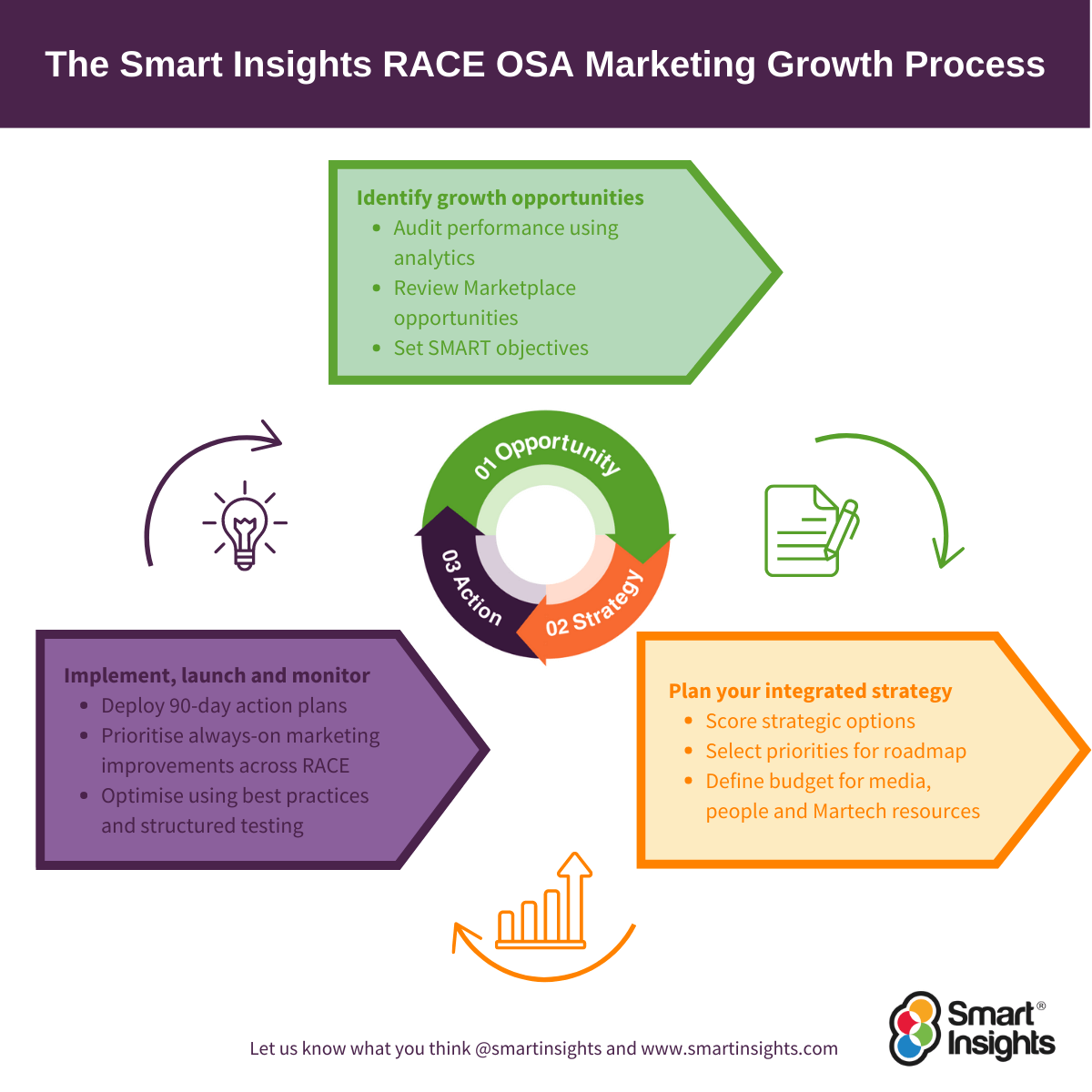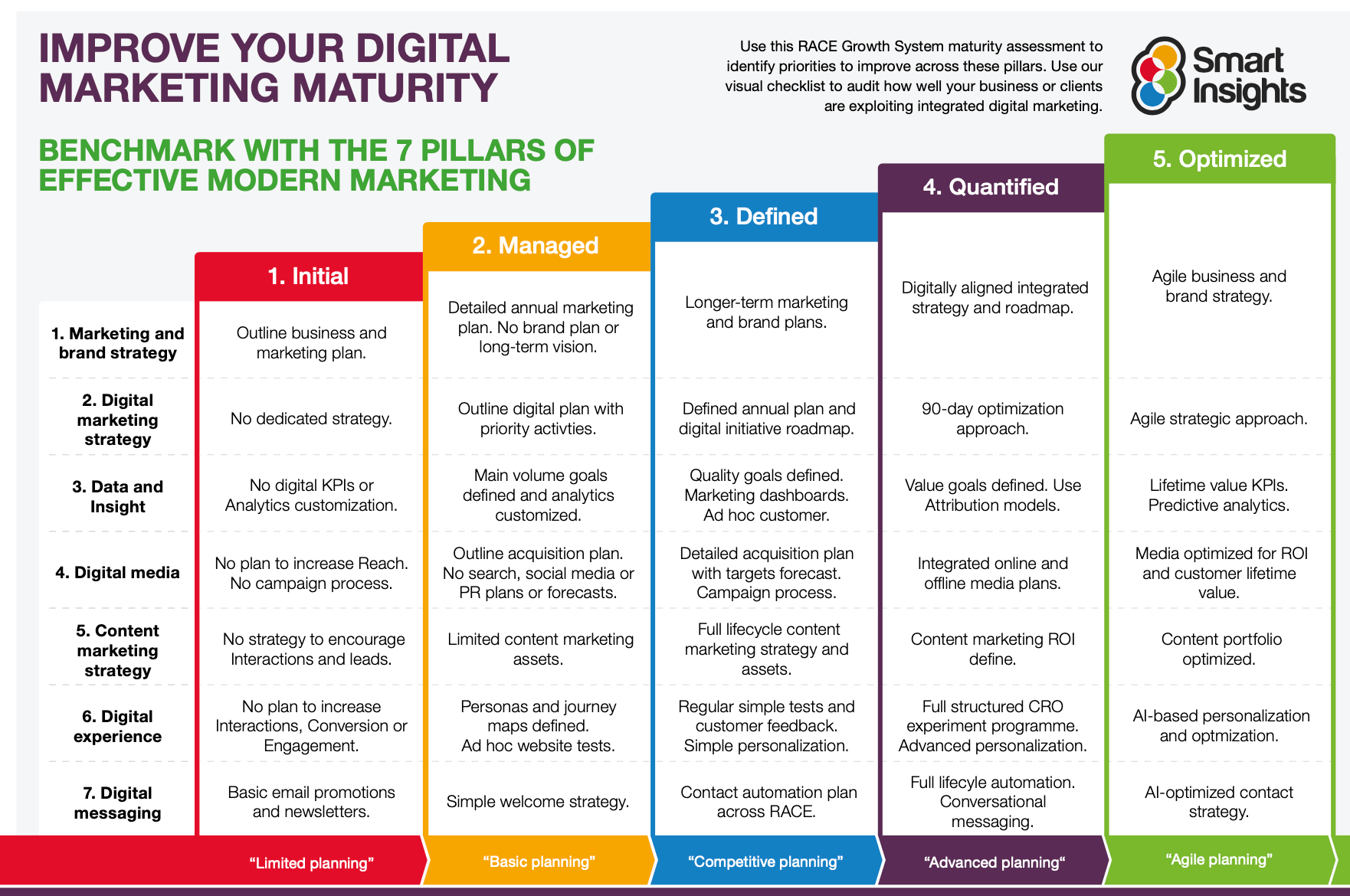Are you struggling to decide between performance marketing and brand marketing for your business? It’s a common challenge, but here’s the truth: you don’t always have to pick one over the other.
Understanding how each strategy works and how they can support your goals can unlock powerful results. Imagine reaching more customers while building a strong, lasting connection with them. Sounds good, right? Keep reading, and you’ll discover which approach fits your needs—and how combining both might be the secret to growing your brand faster than you thought possible.
Performance Marketing Basics
Performance marketing focuses on measurable results. It targets specific actions like clicks, sales, or sign-ups. This method helps businesses spend money wisely. Every dollar spent is tracked to see its impact. Marketers use data to improve ads and campaigns. It is a smart way to reach the right people. Understanding the basics is key to using it well.
Key Metrics To Track
Tracking the right numbers shows if campaigns work. Click-through rate (CTR) tells how many people click ads. Conversion rate shows how many complete the desired action. Cost per click (CPC) reveals how much each click costs. Return on ad spend (ROAS) measures profit from the ads. These metrics help marketers adjust and improve results quickly.
Common Channels And Tools
Many platforms help run performance marketing campaigns. Google Ads is popular for search and display ads. Facebook Ads target people based on interests and behavior. Affiliate marketing uses partners to promote products. Tools like Google Analytics track visitor behavior and conversions. These channels and tools make performance marketing effective and clear.

Credit: www.smartinsights.com
Brand Marketing Essentials
Brand marketing forms the foundation of how people see a business. It shapes feelings and builds trust. This trust turns visitors into loyal customers. Focusing on brand marketing helps create a lasting image. It supports all other marketing efforts and grows your business steadily.
Strong brand marketing is more than a logo or slogan. It involves clear messages, consistent visuals, and a unique voice. These elements work together to make your brand memorable. Let’s explore the essentials of brand marketing that every business needs.
Building Brand Identity
Brand identity is the look and feel of your business. It includes your logo, colors, fonts, and style. These create a unique image that customers recognize easily. Consistency is key. Use the same colors and fonts everywhere—website, social media, ads.
Your brand voice also matters. It should match your audience’s language and tone. This voice helps customers connect emotionally. A clear brand identity builds confidence and sets you apart from competitors.
Long-term Customer Engagement
Brand marketing focuses on building lasting relationships. It encourages customers to come back again and again. This happens through trust and positive experiences. Share useful content that helps and interests your audience.
Stay active on social media and respond to comments. Show customers you care about their needs. Over time, this engagement turns buyers into loyal fans. Strong relationships make your brand a familiar and trusted choice.
Comparing Performance And Brand Marketing
Performance marketing and brand marketing serve different purposes in business growth. Both play key roles but focus on distinct outcomes. Understanding their differences helps decide the right approach for your needs.
Each strategy impacts your marketing efforts in unique ways. Comparing them reveals how to balance short-term gains with long-term value.
Goals And Objectives
Performance marketing aims to drive immediate actions. It targets clicks, leads, or sales directly. Brand marketing builds awareness and trust over time. It focuses on creating a strong, positive image. The goals are long-term and less direct.
Budget Allocation Differences
Performance marketing budgets often go to ads with clear returns. Marketers spend on campaigns they can track closely. Brand marketing spends more on storytelling and presence. Budgets may cover content, design, and sponsorships. The return on investment takes longer to see.
Measuring Success
Success in performance marketing is easy to measure. Metrics include clicks, conversions, and cost per acquisition. Brand marketing success is less direct. It uses surveys, brand recall, and audience sentiment. Both need tracking but focus on different data.

Credit: www.smartinsights.com
When To Choose Performance Marketing
Choosing performance marketing makes sense when your goal is clear and measurable. It suits brands that want fast results and precise tracking. Performance marketing focuses on actions such as clicks, leads, or sales. It works best with campaigns that need quick feedback and adjustment.
This approach fits businesses that want to control costs tightly. You pay for actual results, not just exposure. Performance marketing helps test ideas and find what works fast. It suits short-term goals and specific sales targets.
Driving Immediate Sales
Performance marketing targets audiences ready to buy. Ads encourage quick action like purchases or sign-ups. This method uses data to show ads to interested people. It helps boost sales in a short time. Perfect for promotions, product launches, or seasonal offers.
Optimizing Roi Quickly
Performance marketing tracks every dollar spent and earned. It shows which ads bring the best return on investment. Marketers can pause poor performers and increase budgets on winners. This keeps campaigns efficient and cost-effective. Results guide decisions, making budgets work smarter.
When To Prioritize Brand Marketing
Brand marketing builds a company’s identity and trust over time. It sets the foundation for lasting success beyond quick sales. Prioritizing brand marketing helps create a strong reputation that stands out in a crowded market.
Choosing the right moment to focus on brand marketing can shape your business growth. It is essential during early stages or when entering new markets. Brand marketing creates awareness and emotional connections with customers.
Establishing Market Presence
Brand marketing plays a key role in establishing market presence. It introduces your business to potential customers. Clear messaging and consistent visuals make your brand memorable.
This approach builds recognition over time. Customers begin to associate your brand with specific values and quality. A strong market presence attracts new buyers and sets you apart from competitors.
Fostering Customer Loyalty
Customer loyalty grows through brand marketing efforts. It creates emotional bonds that go beyond a single purchase. Loyal customers return regularly and recommend your brand to others.
Brand marketing focuses on trust and customer experience. It encourages repeat business and long-term relationships. Loyal customers provide stable revenue and valuable feedback for improvement.
Combining Both Strategies
Combining performance marketing and brand marketing creates a powerful marketing mix. Both strategies work best together, supporting each other’s strengths. Performance marketing drives quick results and measurable actions. Brand marketing builds trust and long-term loyalty. Together, they boost growth and improve customer relationships.
Creating Synergy Between Approaches
Start by aligning goals from both strategies. Use data from performance marketing to understand customer behavior. Apply these insights to shape brand messages. Brand marketing adds emotional value to performance campaigns. This balance helps campaigns feel personal and effective. Test and adjust campaigns regularly to keep them working well. Teams should share information often for better results.
Case Studies Of Successful Integration
Many companies benefit by mixing these approaches. A fashion brand used performance ads to drive sales. They paired this with strong brand stories on social media. Sales rose while brand awareness grew steadily. Another example is a tech startup. They tracked ad clicks and built a clear brand voice. This combination helped attract loyal users fast. These cases show how blending both strategies works well.
Tools To Support Dual Marketing Efforts
Balancing performance marketing and brand marketing takes the right tools. These tools help track results and keep campaigns running smoothly. They make managing both strategies easier and more effective.
Choosing tools that support both marketing styles saves time. It also improves how teams work together. The right software shows clear data and automates routine tasks. This helps focus on creative and strategic work.
Analytics And Reporting Platforms
Analytics tools show how marketing efforts perform. They track clicks, impressions, and conversions. These platforms provide clear reports to understand what works. Marketers can compare brand awareness with direct sales results.
Good analytics platforms gather data from many channels. They combine information from social media, websites, and ads. This gives a full picture of customer behavior. Marketers spot trends and adjust strategies fast.
Automation And Crm Solutions
Automation tools handle repetitive marketing tasks. They send emails, post on social media, and manage ads. This saves time and keeps campaigns consistent. Marketers can focus on creating better content and plans.
CRM solutions help manage customer information. They track interactions and sales history. CRM tools support both brand building and performance marketing. Teams use customer data to personalize messages and improve loyalty.

Credit: elearningindustry.com
Future Trends In Marketing Strategies
Marketing strategies will change a lot in the near future. Brands must adapt to new tools and consumer habits. Both performance and brand marketing will evolve with new trends. Understanding these changes helps businesses stay ahead and grow.
Emerging Technologies
New tools like artificial intelligence help marketers target customers better. Automation saves time and improves ad campaigns. Voice search and chatbots make customer interaction faster. Virtual and augmented reality create unique brand experiences. These technologies make marketing more personal and efficient.
Evolving Consumer Behavior
People expect quick and easy answers. They prefer brands that show honesty and care. Mobile shopping and social media influence buying choices. Consumers want content that feels real and useful. Marketers must listen and respond to these needs fast.
Frequently Asked Questions
What Is The Difference Between Performance And Brand Marketing?
Performance marketing focuses on measurable actions like clicks and sales. Brand marketing builds long-term awareness and emotional connections with audiences. Both serve unique purposes and complement each other in a balanced strategy.
Can Businesses Use Both Performance And Brand Marketing?
Yes, combining both approaches maximizes impact. Performance marketing drives immediate results, while brand marketing strengthens customer loyalty and trust. Together, they create sustainable growth and higher ROI.
Which Marketing Type Suits Startups Better?
Startups benefit from performance marketing for quick customer acquisition. However, integrating brand marketing early helps build credibility and long-term value. A hybrid strategy often works best for startups.
How Does Brand Marketing Affect Performance Marketing Results?
Strong brand marketing enhances performance marketing by increasing ad trust and click-through rates. It lowers customer acquisition costs and improves campaign effectiveness over time.
Conclusion
Choosing between performance marketing and brand marketing is not always simple. Each serves a clear purpose and brings value. Performance marketing drives quick results and tracks every action. Brand marketing builds trust and creates long-term loyalty. Many businesses find success by mixing both strategies.
Think about your goals, budget, and audience needs. Balance short-term wins with lasting brand strength. Your marketing works best when it fits your unique situation. This way, you grow steadily and stay connected with customers. No need to pick just one path.

